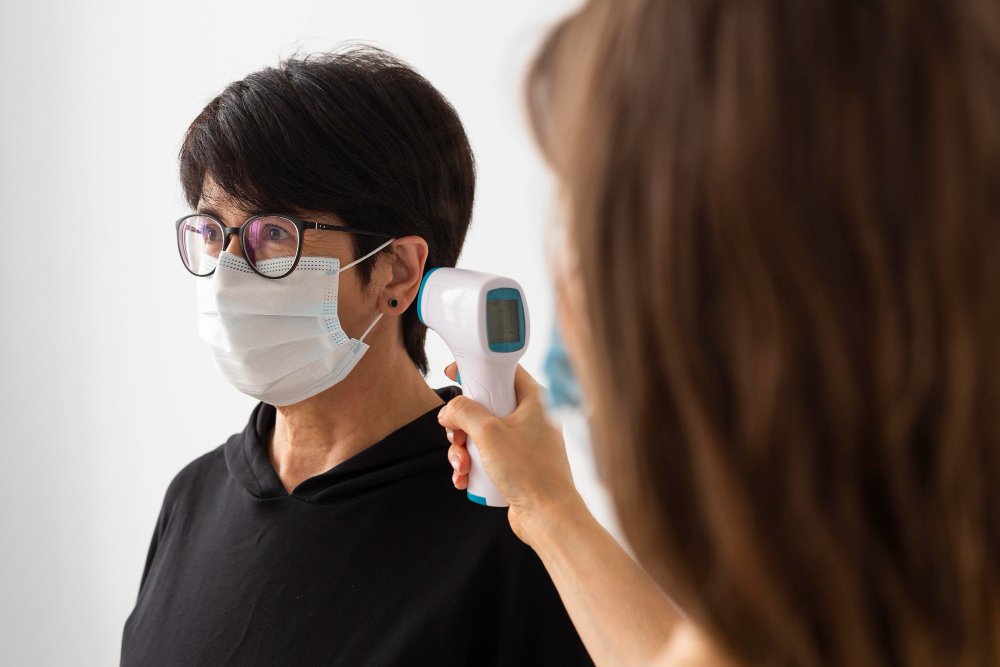Treatment Overview
The Furnas technique is a widely respected surgical method for correcting prominent ears, particularly those caused by an overly deep conchal bowl (the inner ear cup). Developed by Dr. D.W. Furnas, this procedure involves suturing the conchal cartilage to the mastoid fascia, which pulls the ear closer to the head for a more balanced and natural appearance.
In Korea, the Furnas technique is performed with modern refinements, often in combination with other otoplasty approaches such as the Mustardé technique or fascial flap coverage. Korean surgeons have perfected this method to deliver natural, stable results with minimal scarring and reduced risk of relapse, making it one of the most trusted solutions for ear correction.
Purpose & Benefits
The primary purpose of the Furnas technique is to reduce ear protrusion caused by an enlarged or projecting conchal bowl. By anchoring the cartilage closer to the head, the ears achieve a harmonious profile that complements the rest of the face.
Benefits include:
- Effective correction for conchal hypertrophy-related ear prominence.
- Strong, reliable repositioning that resists relapse.
- Natural, symmetrical results without over-flattening the ears.
- Can be combined with other otoplasty techniques for a tailored outcome.
- Well-hidden incisions behind the ear for discreet scarring.
Ideal Candidates
The Furnas technique is recommended for:
- Patients with protruding ears primarily caused by conchal hypertrophy.
- Children (age 6+) whose ears have completed most of their growth, as well as adults.
- Individuals who want a long-lasting and natural correction.
- Patients seeking revision surgery after failed or relapsed otoplasty.
- Those concerned about maintaining natural ear curvature and flexibility.
Possible Risks & Complications
Like all surgical procedures, the Furnas technique carries some risks, though Korean refinements significantly minimize them. Possible complications include:
- Temporary bruising, swelling, or discomfort.
- Minor asymmetry between ears.
- Rare suture-related issues, such as loosening or extrusion.
- Infection or hematoma (uncommon with proper care).
- Slight stiffness in the ear during early healing (usually temporary).
In Korea, surgeons reduce risks by using biocompatible permanent sutures, meticulous incision techniques, and advanced aftercare protocols.
Surgical Techniques Used
The Furnas procedure in Korea typically involves:
- A hidden incision placed behind the ear.
- Careful exposure of the conchal cartilage.
- Placement of Furnas sutures to anchor the conchal cartilage to the mastoid fascia, thereby reducing ear projection.
- Combination with Mustardé sutures if additional antihelical fold definition is needed.
- Closure with fine sutures to minimize scarring.
Some Korean clinics enhance the technique with endoscopic visualization or fascial flap reinforcement to increase precision and reduce relapse risk.
Recovery & Aftercare
Recovery from the Furnas technique is relatively quick and straightforward:
- First week: A protective bandage or headband is worn to support healing. Swelling and mild discomfort are common.
- 2–3 weeks: Most swelling subsides, and patients can return to work or school.
- 1–3 months: Ears settle into their final position, and scars fade naturally behind the ear.
Korean clinics often support recovery with scar-minimizing treatments, LED light therapy, and customized aftercare plans to speed up healing.
Results & Longevity
The results of the Furnas technique are long-lasting and stable. Patients can expect:
- Natural repositioning of the ears closer to the head.
- Improved balance between the ears and facial features.
- Long-term durability due to secure anchoring of cartilage.
- Subtle results that avoid the “overdone” or “pinned back” look.
Because of Korea’s surgical refinements, the risk of recurrence or complications is significantly reduced compared to older methods.
Treatment Process in Korea
Korea is a global leader in otoplasty innovation, and the Furnas technique is frequently performed in its most advanced form. The treatment process generally includes:
- Consultation with 3D simulation to preview ear shape after correction.
- Personalized surgical planning that considers cartilage structure and skin thickness.
- Combination techniques (Furnas with Mustardé or fascial flap) when necessary for optimal outcomes.
- Dedicated aftercare with swelling reduction and scar management treatments.
For international patients, Korean clinics provide medical tourism services, including interpreters, airport pickup, and recovery support, making the process smooth and stress-free.
Cost Range
The cost of the Furnas technique in Korea depends on whether one or both ears require correction and whether it is a revision case:
- Unilateral (one ear): USD $3,000 – $4,500
- Bilateral (both ears): USD $5,000 – $7,500
- Revision cases: USD $7,000 – $10,000
Given its reliability and natural outcomes, many patients find it an excellent investment compared to simpler suture-only methods.
Popular Clinics in Korea
Well-known clinics offering the Furnas technique include:
- Banobagi Plastic Surgery – experts in complex otoplasty with natural results.
- JW Plastic Surgery – skilled in combining Furnas and Mustardé methods for optimal correction.
- ID Hospital – specialists in facial balance and ear reshaping.
- View Plastic Surgery – trusted by international patients for otoplasty and facial contouring.




